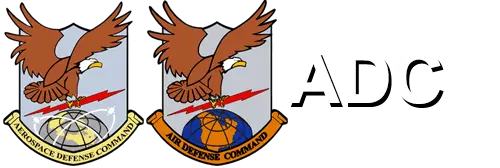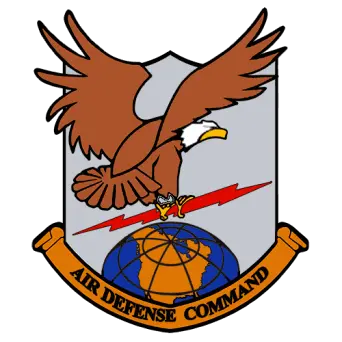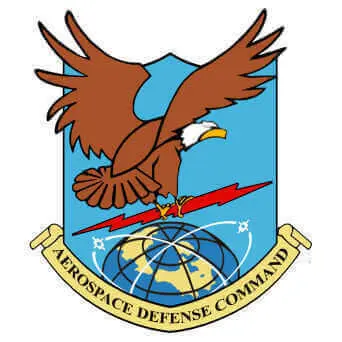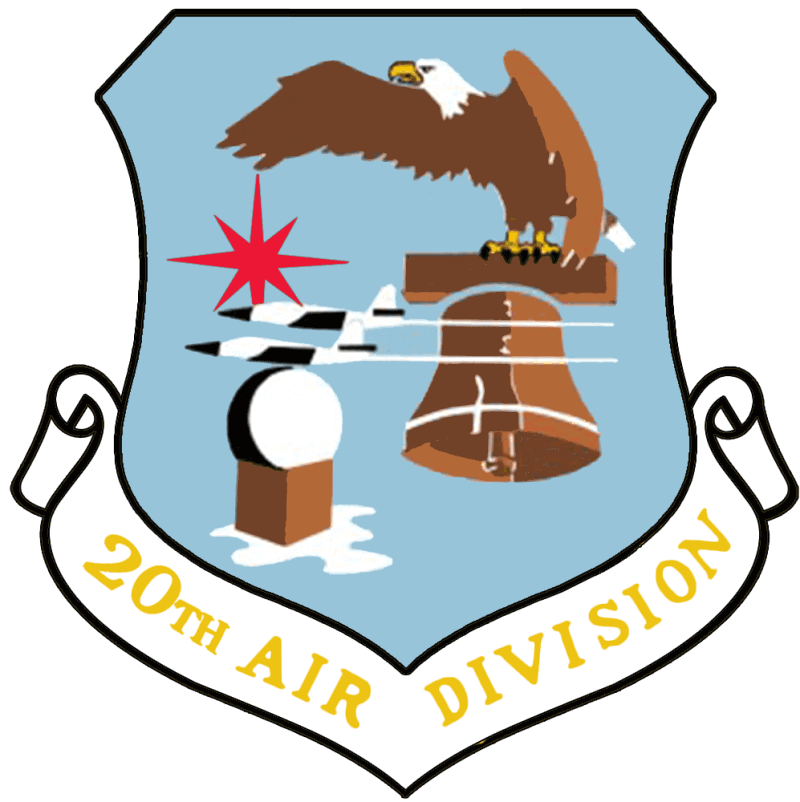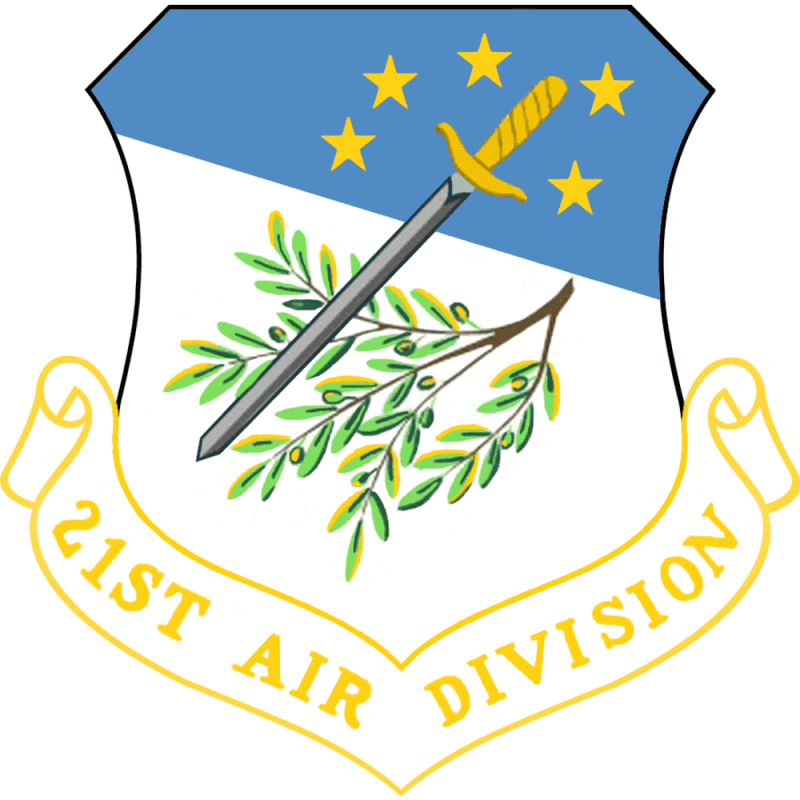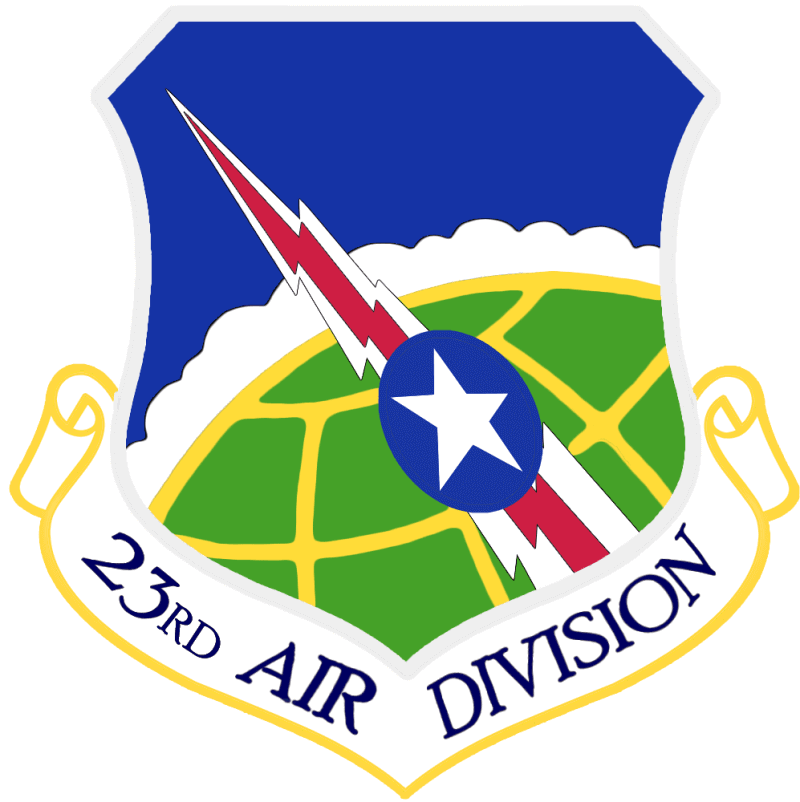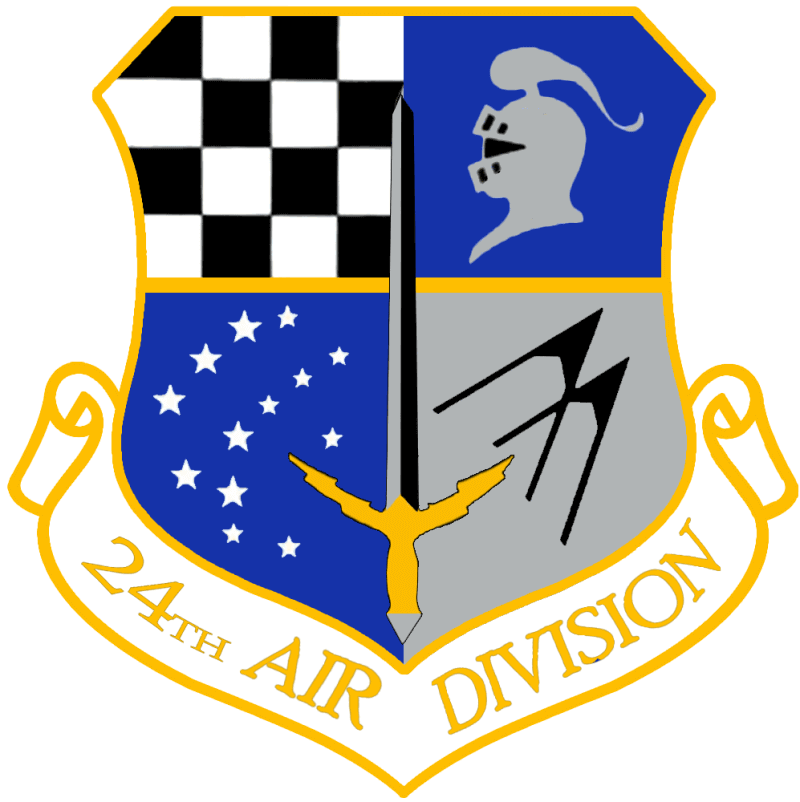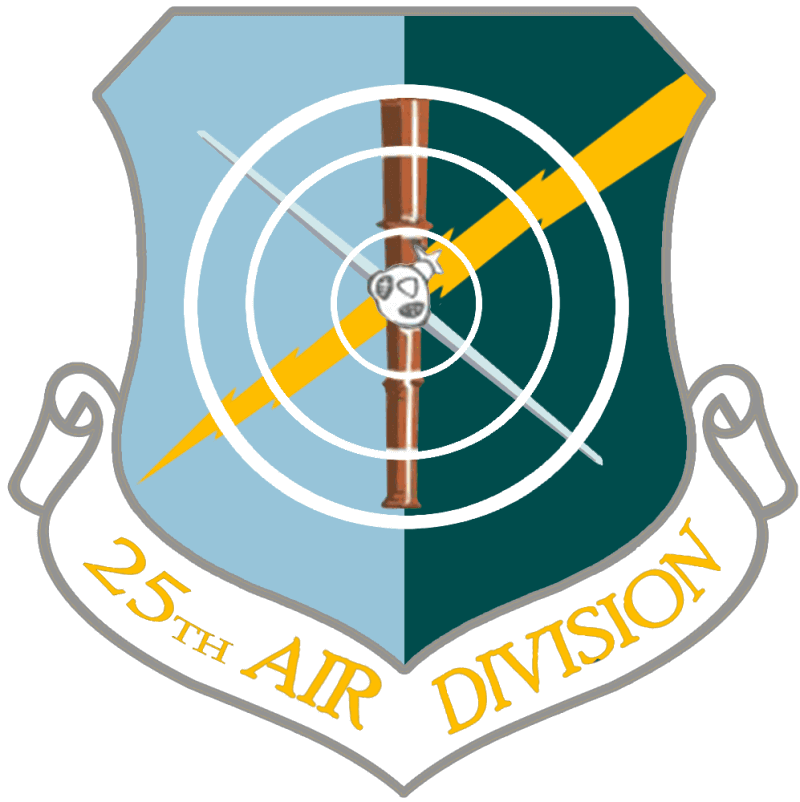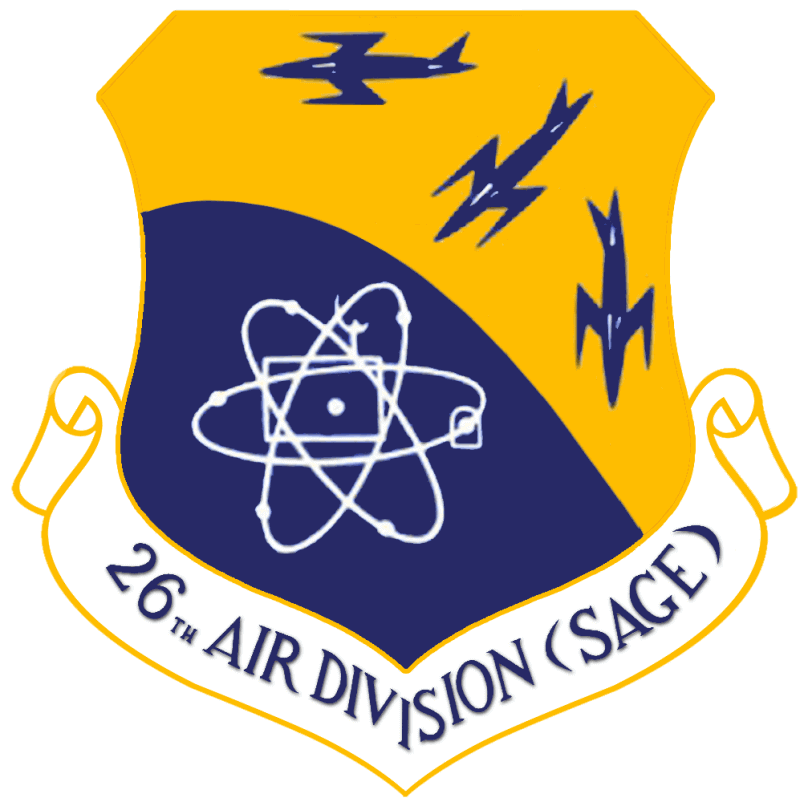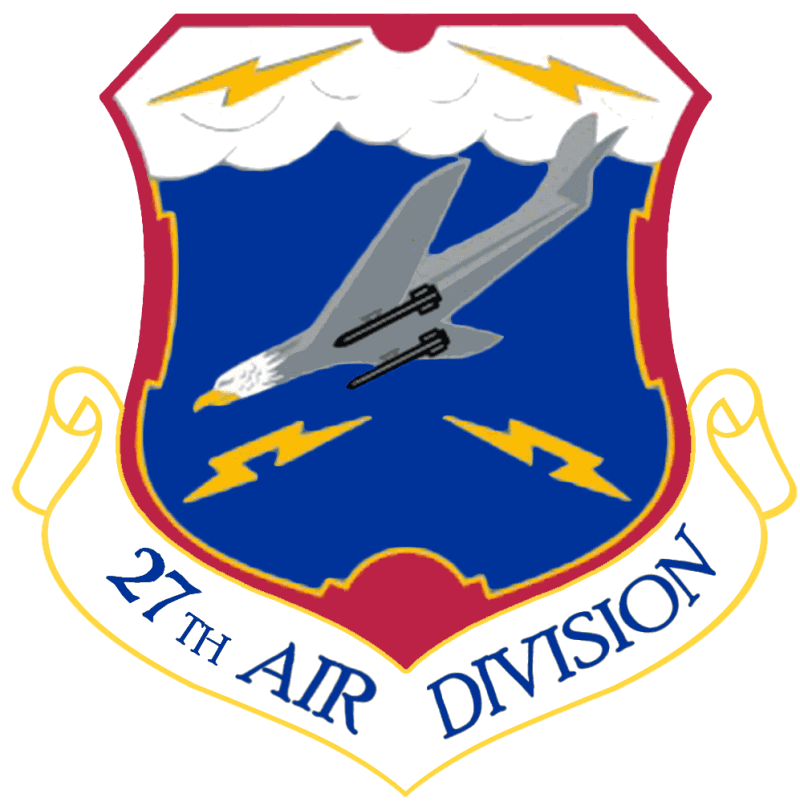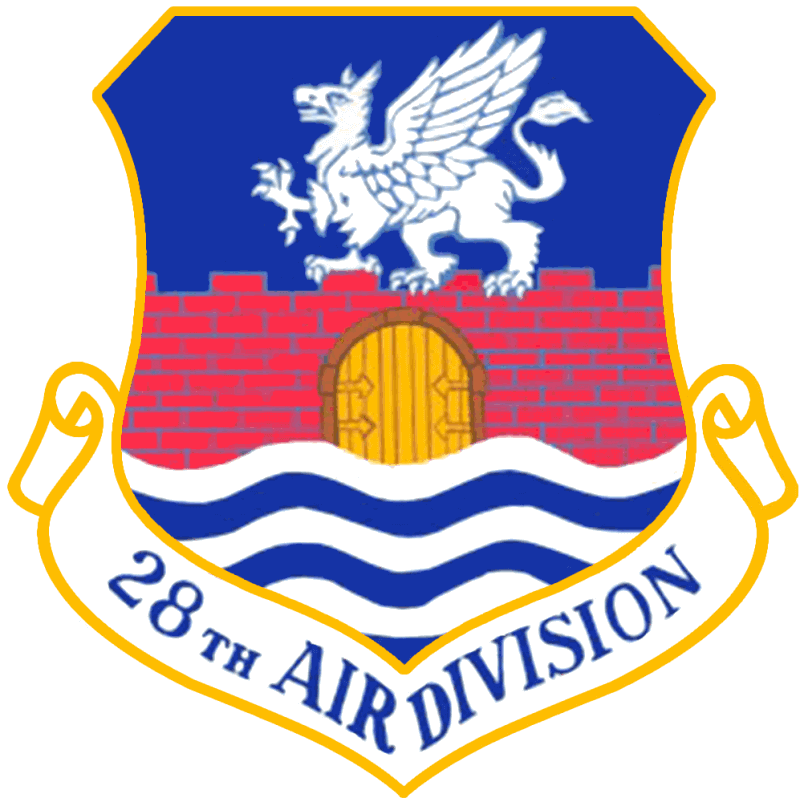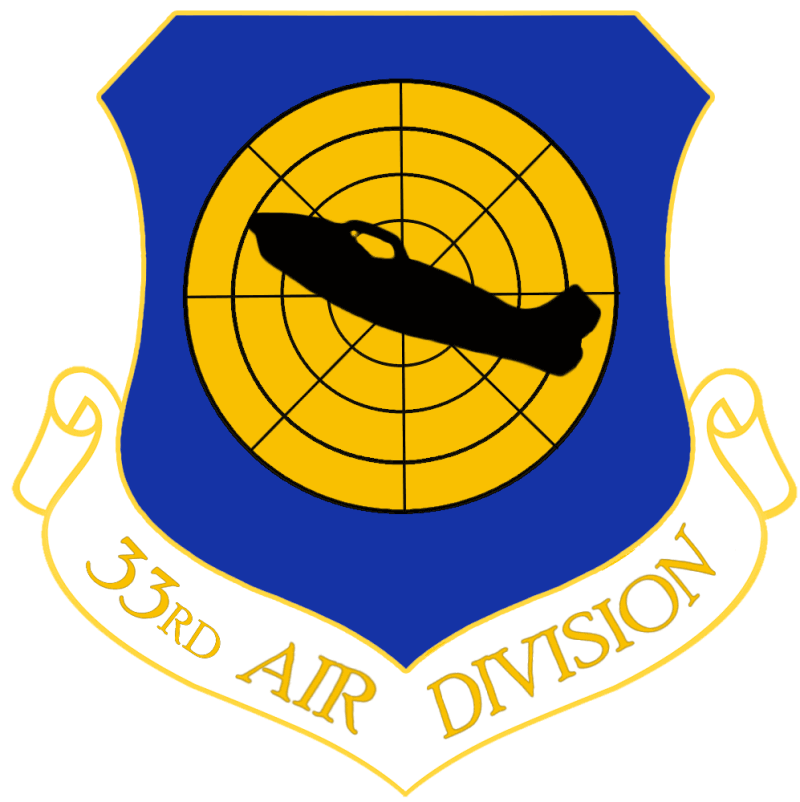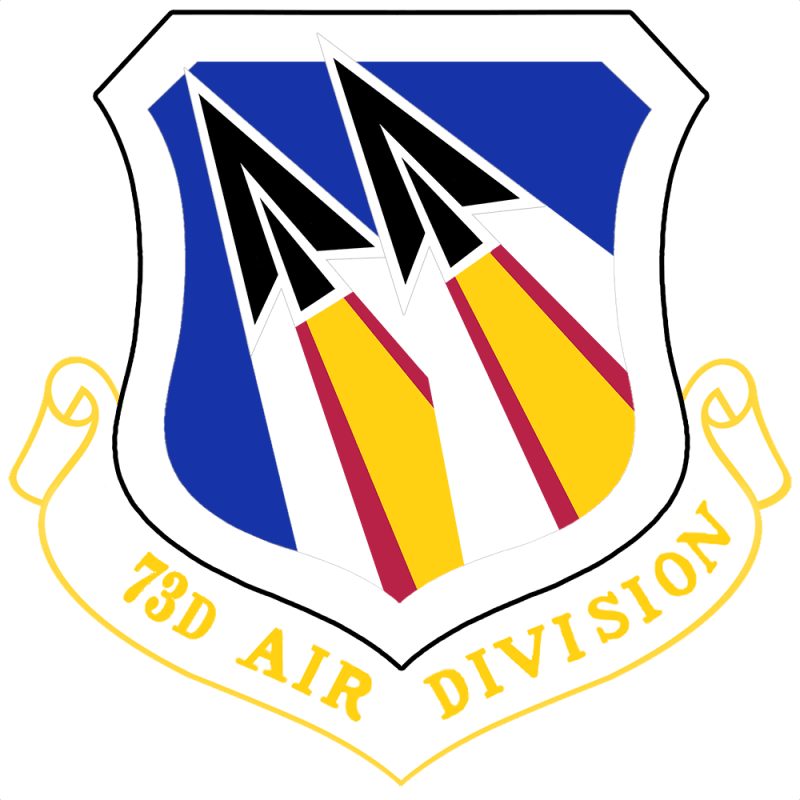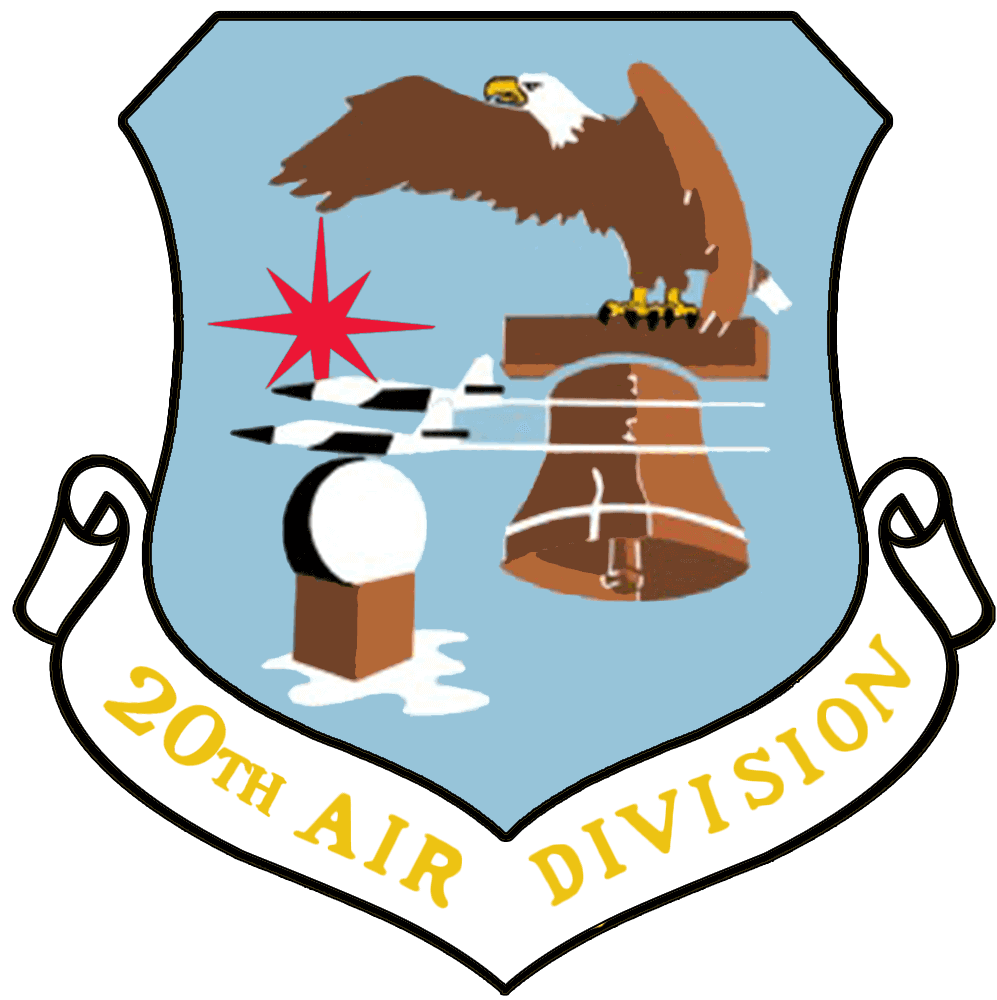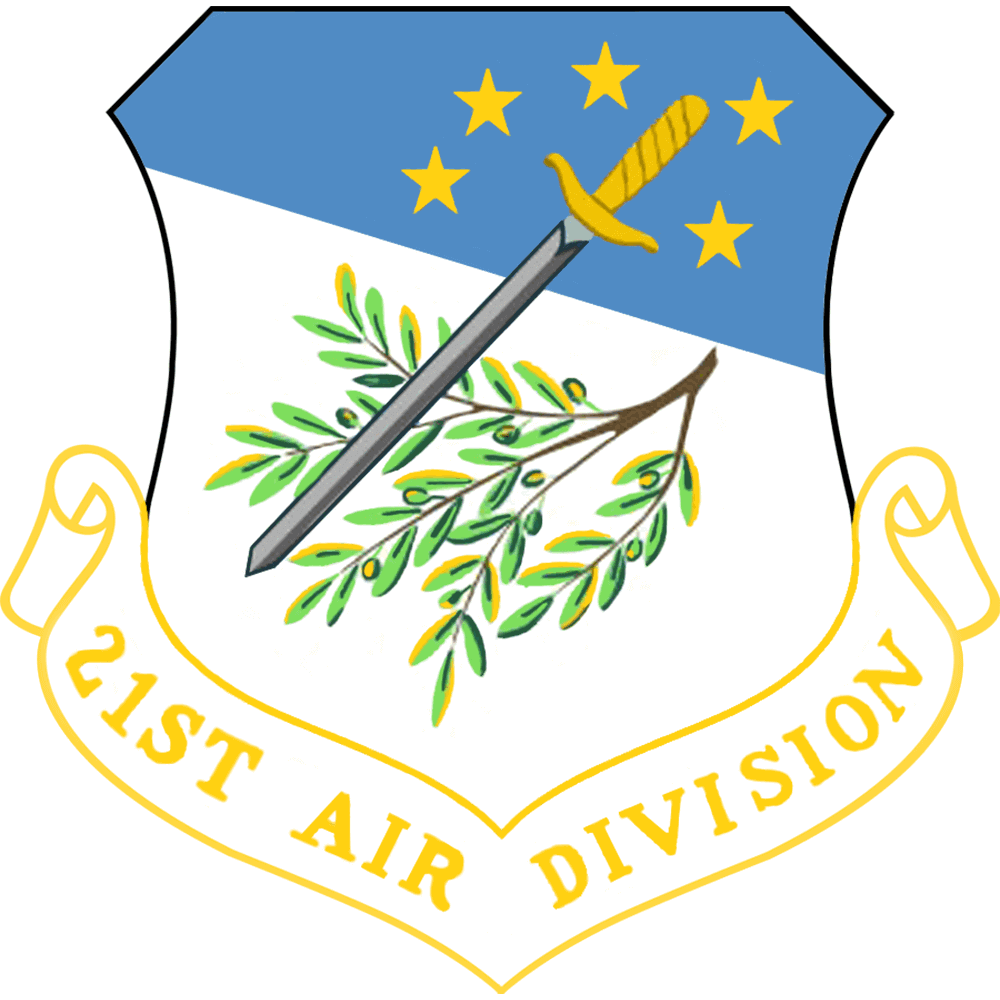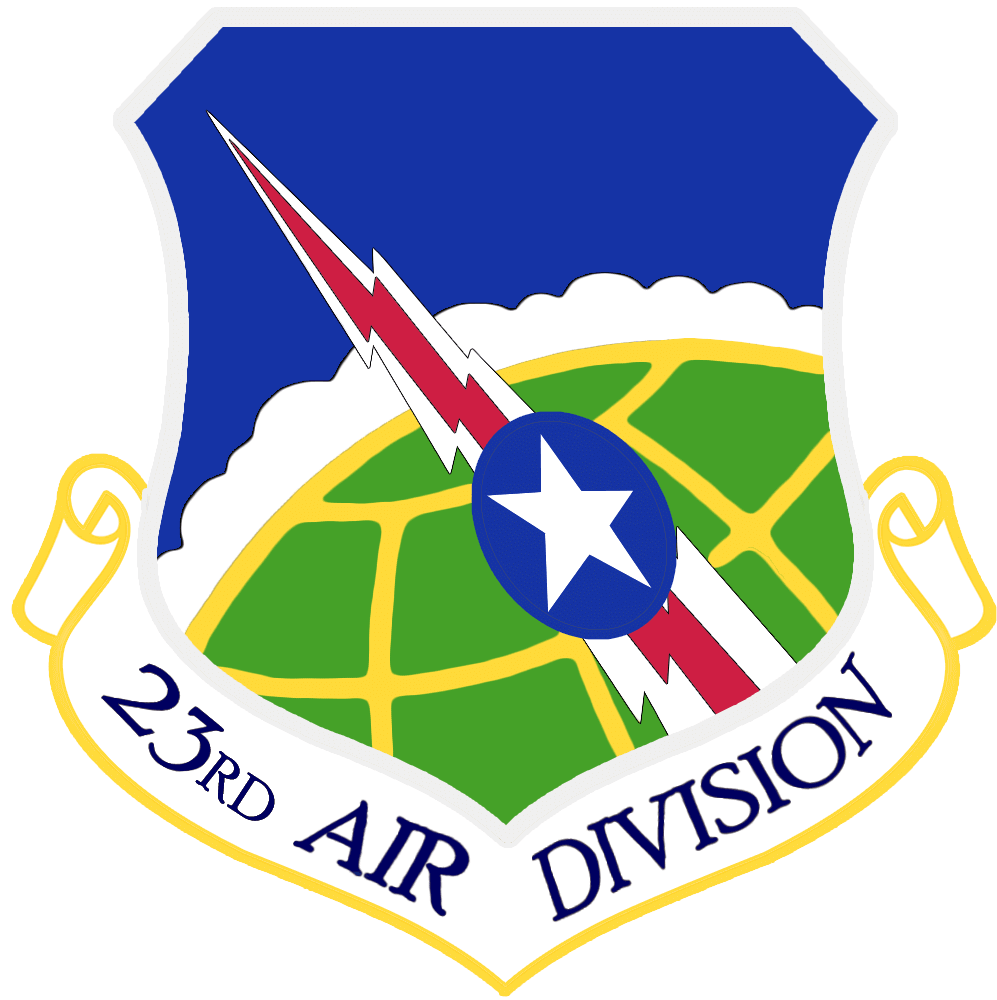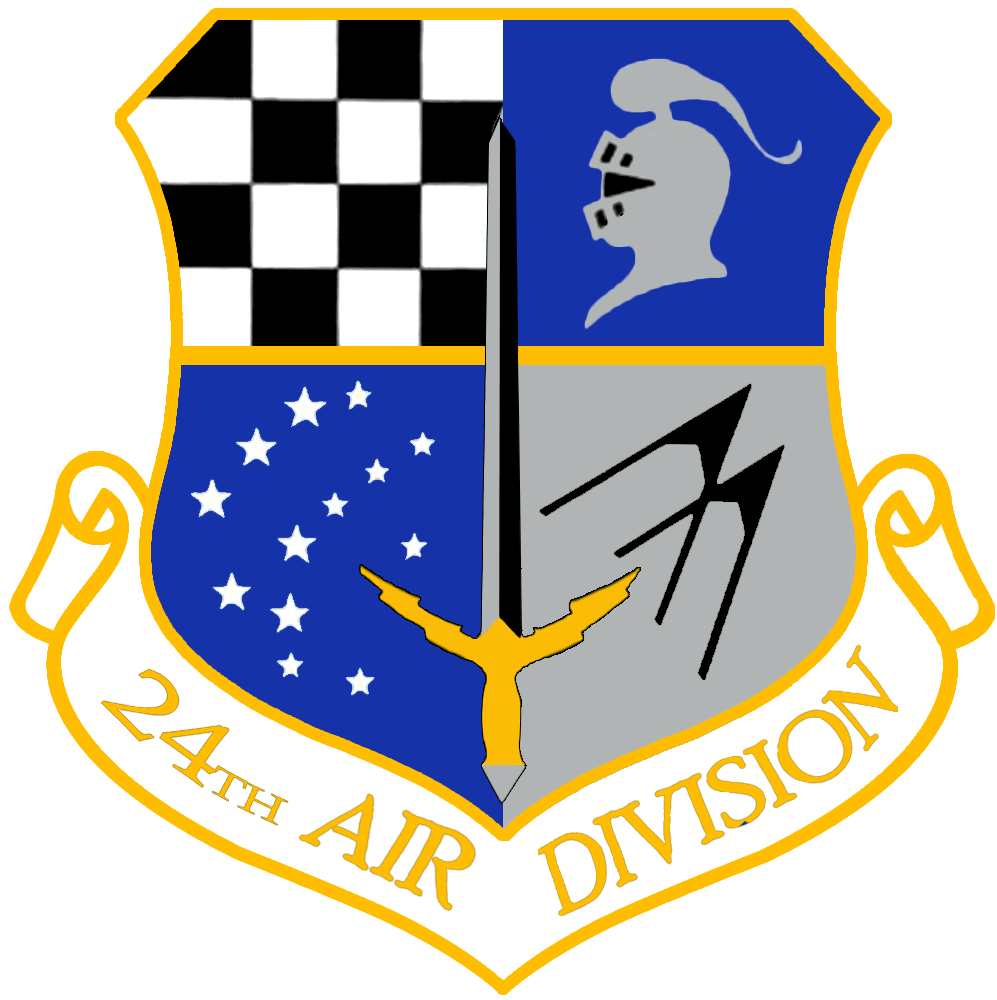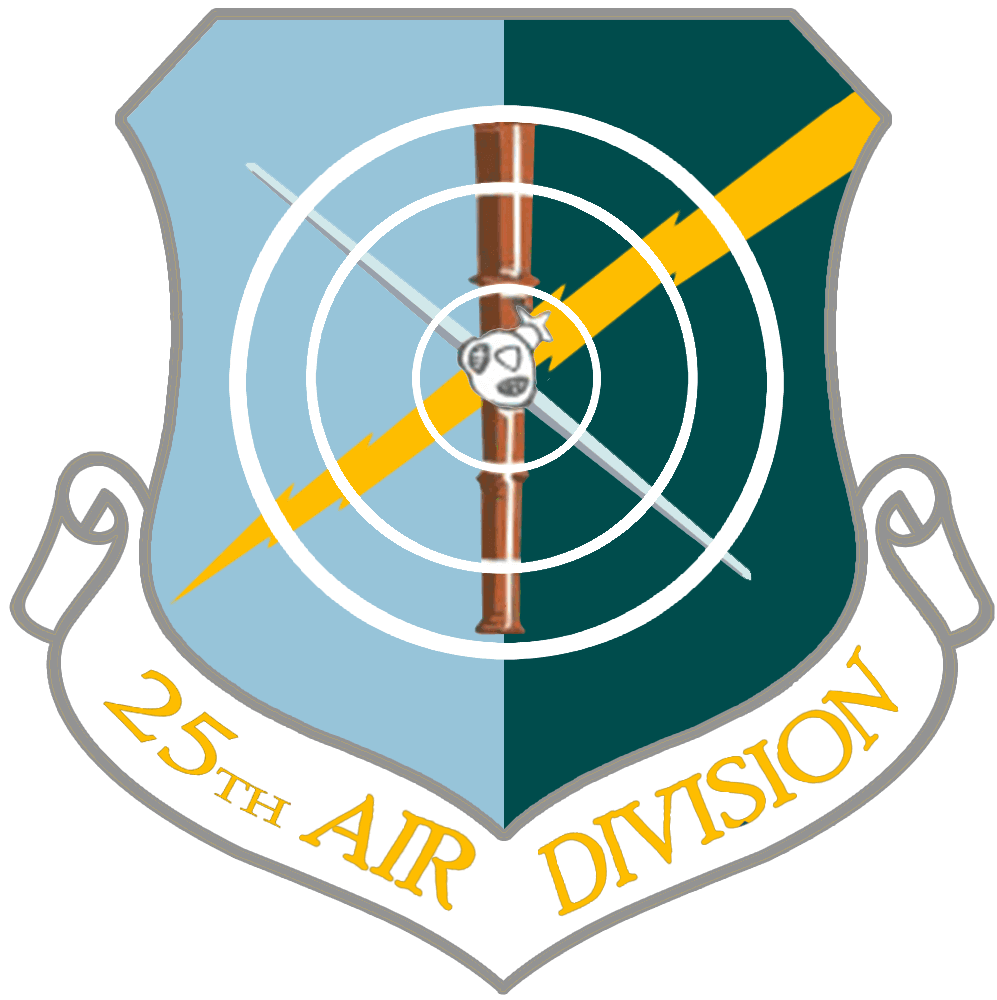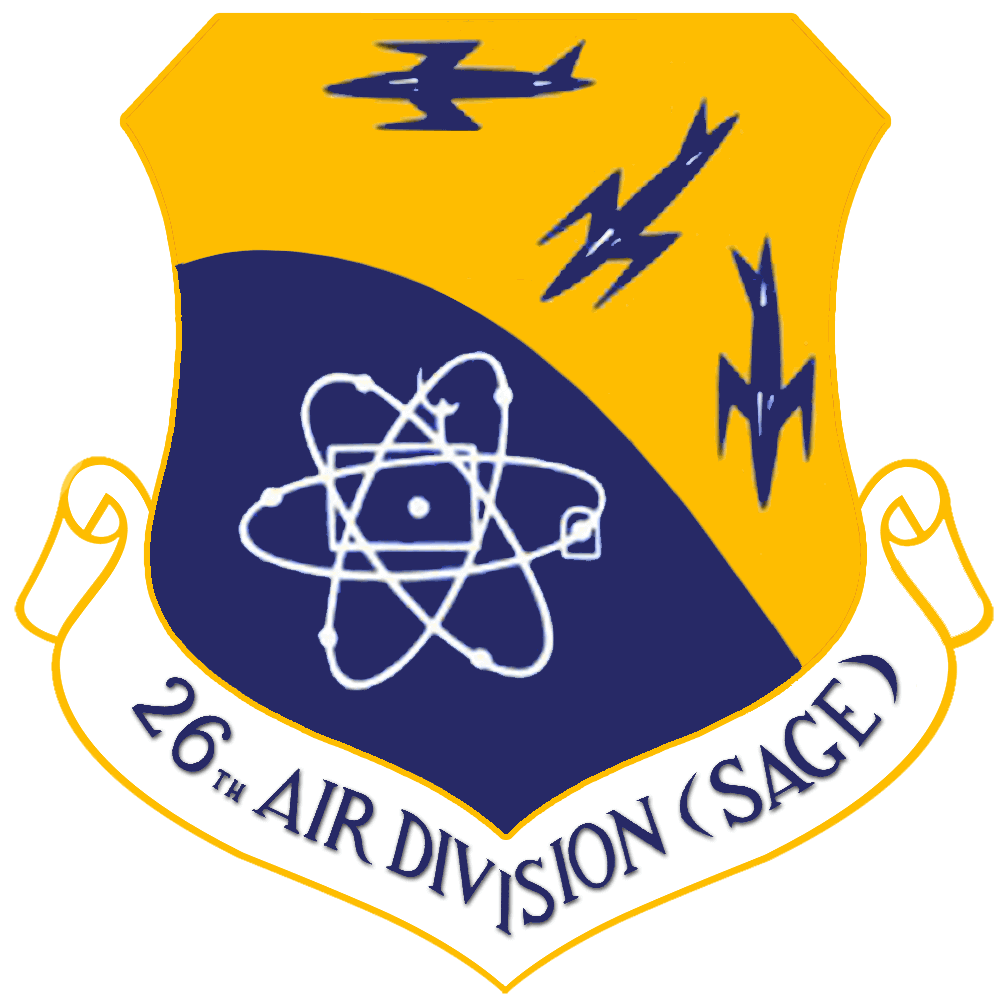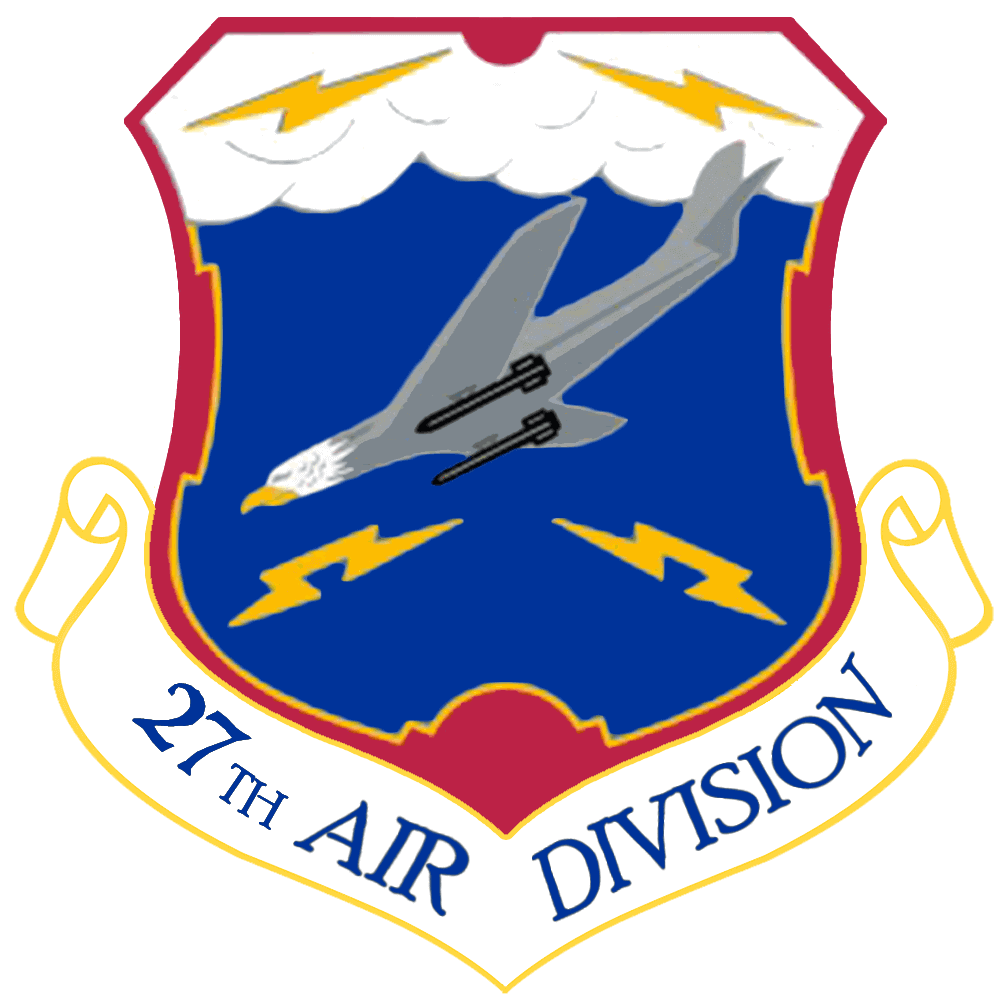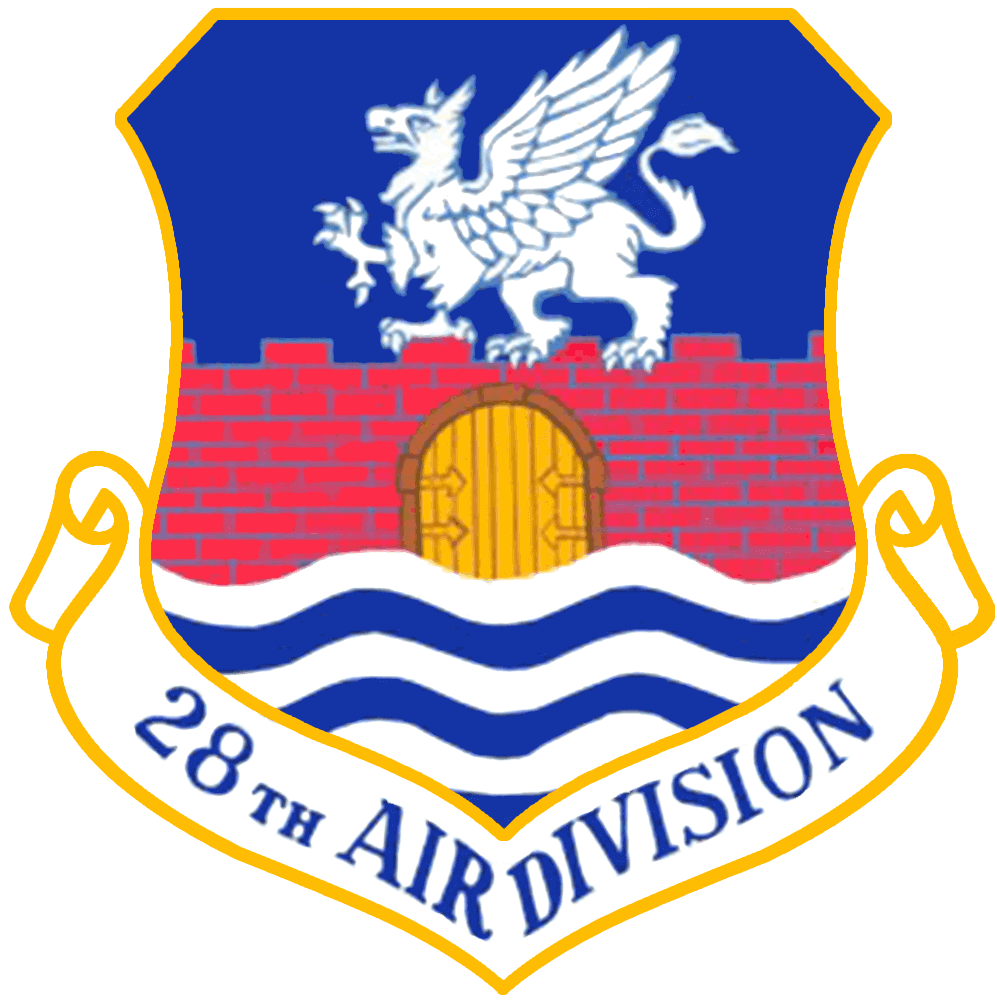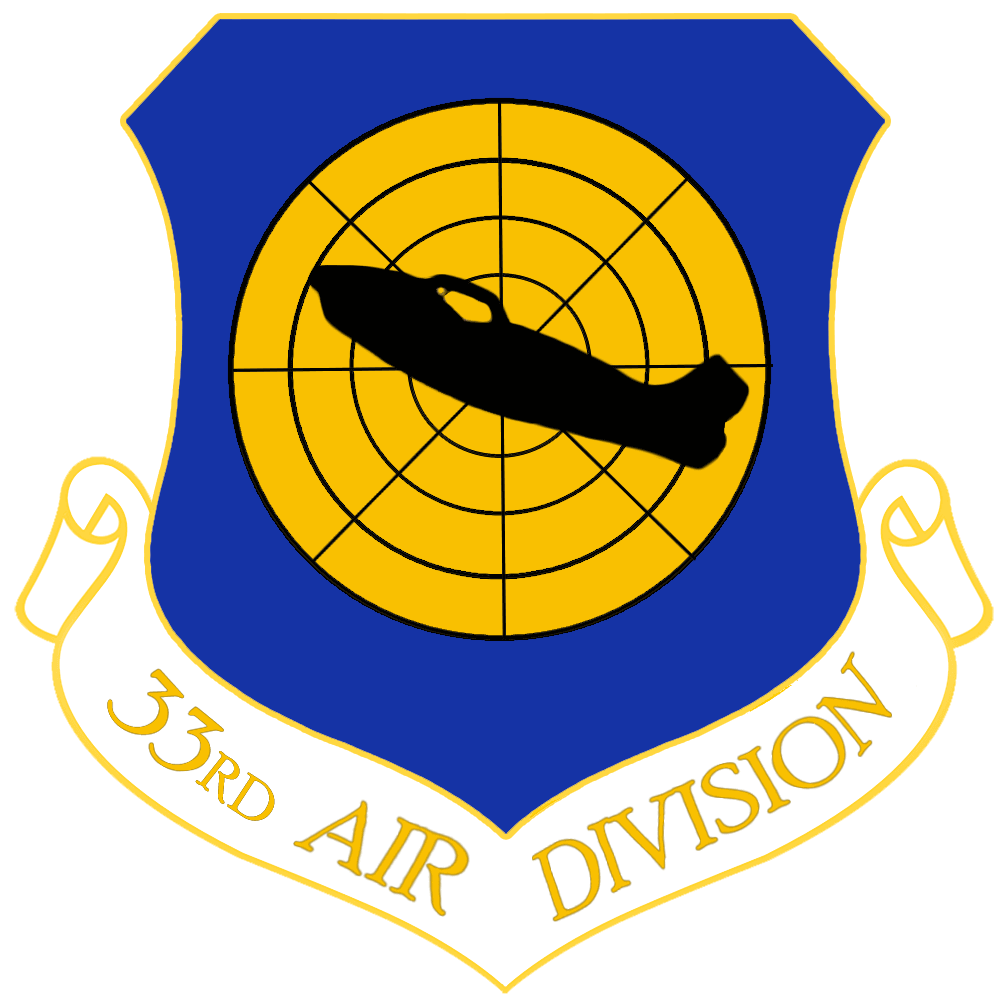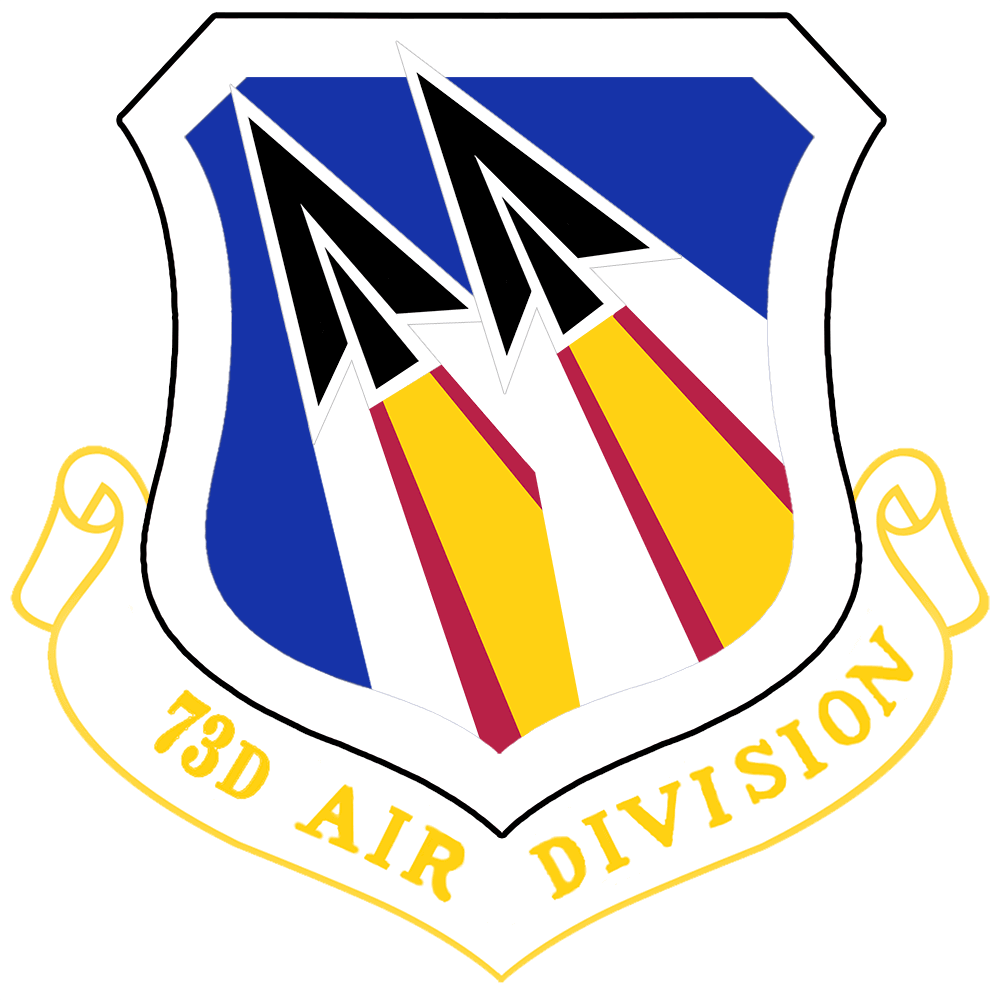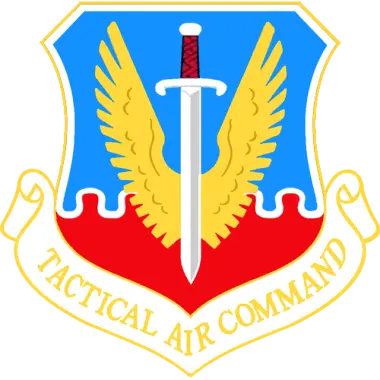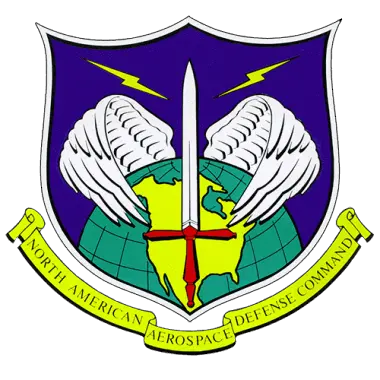The North American Aerospace Defense Command (NORAD) www.norad.mil was establishment on May 12, 1958. It is a bi-national United States and Canadian organization charged with the missions of aerospace warning and aerospace control for North America. Aerospace warning includes the monitoring of man-made objects in space, and the detection, validation, and warning of attack against North America whether by aircraft, missiles, or space vehicles, utilizing mutual support arrangements with other commands. Aerospace control includes ensuring air sovereignty and air defense of the airspace of Canada and the United States.
To accomplish these critically important missions, NORAD continually adjusted its structure to meet the demands of a changing world. A commander is appointed by, and is responsible to, both the President of the United States and the Prime Minister of Canada. The commander maintains his headquarters at Peterson Air Force Base, Colo., and a command and control center a short distance away at Cheyenne Mountain Air Station. Cheyenne Mountain serves as a central collection and coordination facility for a worldwide system of sensors designed to provide the commander and the leadership of Canada and the U.S. with an accurate picture of any aerospace threat. Three subordinate region headquarters at Elmendorf AFB, Alaska, Canadian Forces Base, Winnipeg, Manitoba, and Tyndall AFB, Florida, receive direction from the commander and control air operations within their respective areas of responsibility.
To accomplish the aerospace warning mission, commander NORAD is responsible for providing integrated tactical warning and attack assessment (ITW/AA) of an aerospace attack on North America to the governments of Canada and the United States. This is done using information made available by the ITW/AA system. Portions of that system are under the operational control of commander NORAD and other portions are operated by commands supporting NORAD.
NORAD's aerospace control mission includes detecting and responding to any air-breathing threat to North America. To accomplish this mission, NORAD utilizes a network of ground-based radars and fighters to detect, intercept and if necessary engage any air-breathing threat to the continent. These fighters consist of U.S. F-15s and F-16s and Canadian CF-18s. As a part of its aerospace control mission, NORAD assists in the detection and monitoring of aircraft suspected of illegal drug trafficking. This information is passed to civilian law enforcement agencies to help combat the flow of illegal drugs into North America.
Through outstanding cooperation and cohesiveness, NORAD has proven itself effective in its roles of watching, warning, and responding. By adapting to the changing world, NORAD will continue to play an important role in the defense of Canada and the U.S. The events of September 11, 2001 provide evidence of NORAD's responsiveness and continued relevance to North American security. By quickly adapting its traditionally outward-looking focus to meet new threats posed by terrorists to the interior of the continent, NORAD provides a potent military response capability to civil authorities to counter domestic airspace threats.
The NORAD emblem has been proudly displayed as a symbol of unity between the United States and Canada. The heraldic meaning of the emblem follows: The blue background of the shield signifies the air; the turquoise waters on the globe denote the sea; the yellow continent indicates the land -- the three environments in which any defense of the North American continent would take place. The silver wings enfolding the globe in a protective manner, issuing from behind the globe and out of space, are symbolic of the armed forces and the might of NORAD. The upward position of the sword pointing toward the northern skies represents the direction that is considered 'the shortest approach of the potential aggressor'. With the advent of the asymmetric terrorist threat, it may also be said that the “sharp edges of the sword are prepared to meet any aggressor in our domestic airspace.
Though future homeland defense/security organizations are still being formulated by the national leadership of both Canada and the U.S., NORAD's proven abilities and unique capabilities will be a vital part of homeland security and defense.
North American Aerospace Defense Command
The Return of NORAD [Feb 2002] [pdf]
Air Defense Command (ADC)
Lt. Gen George Stratemeyer: 21-Mar-46/30-Nov-48
Maj. Gen Gordon Saville: 1-Dec-48/31-Dec-50
Lt. Gen Ennis Whitehead: 1-Jan-51/25-Aug-51
Gen Benjamin Chidlaw: 25-Aug-51/31-May-55
Maj. Gen Frederick Smith, Jr.: 31-May-55/19-Jul-55
(acting)Gen Earle Partridge: 20-Jul-55/17-Sep-56
Lt. Gen Joseph Atkinson : 17-Sep-56/15-Aug-61
Lt. Gen Robert Lee: 15-Aug-61/31-Jul-63
Lt. Gen Herbert Thatcher: 1-Aug-63/31-Jul-67
Lt. Gen Arthur Agan: 1-Aug-67/31-Dec-67
